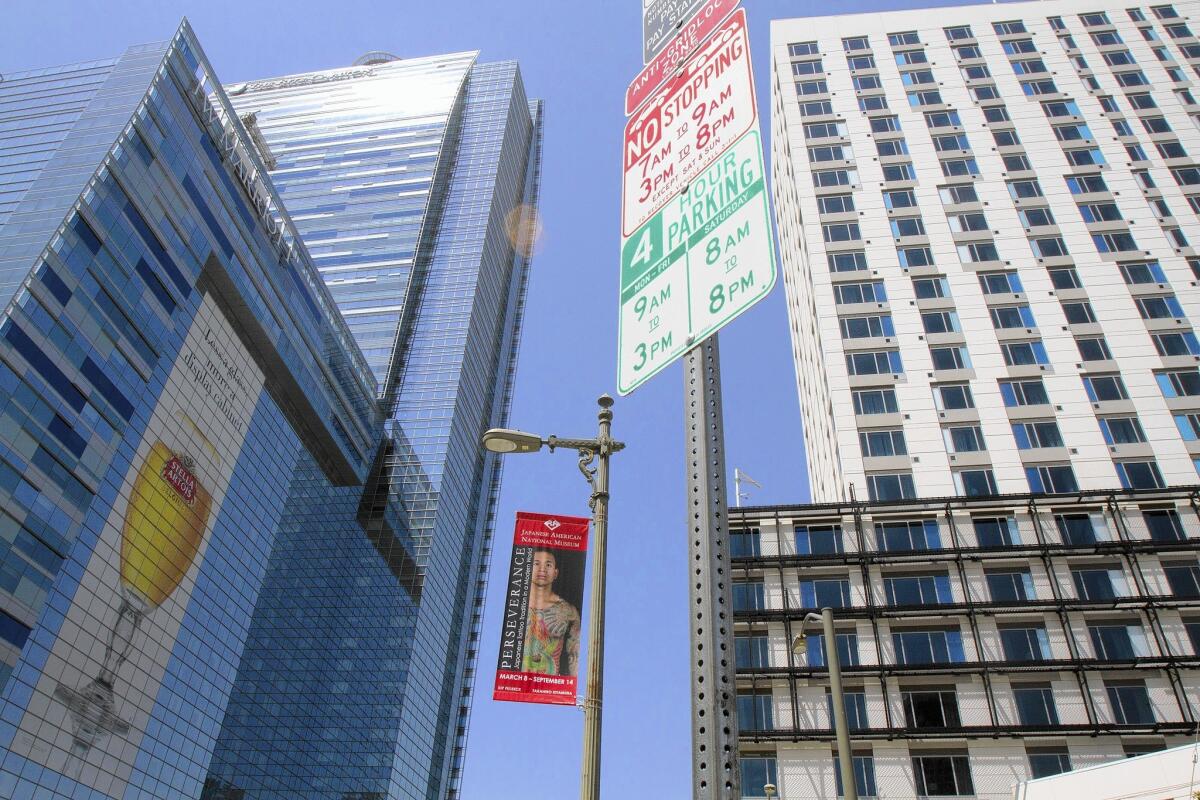Visa program for wealthy investors maxed out by Chinese demand

Fueled by demand from wealthy Chinese nationals, an immigration program that exchanges visas for large investments in U.S. businesses has run out of its allotment of visas for the first time in its 24-year history.
A State Department official said this week that no more EB-5 visas will be issued until the beginning of the 2015 fiscal year in October and that procedural changes planned for next year will bring greater delays in obtaining visas. Some people involved in the program say that the time it takes to get new visas could increase from a few months to up to two to three years.
EB-5 awards visas to immigrants who invest $500,000 to $1 million in a U.S. business. Applicants who can prove that their investment has created at least 10 jobs get permanent green cards.
Delays could make the program less attractive to Chinese investors who want to quickly get visas and green cards for family members.
About a fourth of all organizations authorized to handle EB-5 money operate in California, according to data from U.S. Citizenship and Immigration Services.
The program’s popularity has exploded in recent years — the number of applicants vying for the annual allotment of 10,667 visas has doubled nearly every year since 2009.
An estimated 85% of the EB-5 funds in 2014 have come from China, where concerns about the country’s environmental and economic health have led many wealthy families to consider migration.
That money been used to build projects across California and elsewhere, including the JW Marriott hotel at L.A. Live in downtown Los Angeles.
The Pomona Ranch Plaza, a 74-acre development with 350,000 square feet of retail space and 350,000 square feet of office space, is under construction using EB-5 funds.
In San Bernardino, city officials said EB-5 investors contributed $96 million and 4,000 jobs to the local economy. In Kern County, a 328,500-square-foot retail center is expected to bring 1,664 jobs.
The program comes with risks: Poor oversight and some highly publicized scams led the North American Securities Administrators Assn., an advocacy group, to label EB-5-related fraud as one of the top new threats to investors.
Steven Yale-Loehr, an immigration professor at Cornell University, said he expects the EB-5 investment boom to now slow down considerably.
“It’s been like a four-lane expressway and now it’s going back down to two,” he said.
Because the visa program serves as a funding mechanism for local development projects, the prospect of longer waits for visas could reduce EB-5’s usefulness for developers on tight deadlines to complete their projects, Yale-Loehr said.
“For businesses that rely on EB-5 money to finance their projects, it will become difficult to start and finish their work,” Yale-Loehr said.
Long delays could also negate the main reason many Chinese immigrants apply: Residency for their children, said Julie Oliver-Zhang, an immigration attorney in Washington, D.C.
People older than 21 aren’t eligible for green cards. If it takes up to three years to process an application, many offspring could be too old.
“Most of the people who want to do this are wealthy and they’re doing it for their kids,” Oliver-Zhang said.
Howard Ting, a vice president of YK America, an EB-5 investment company, is part of a cottage industry of attorneys and developers that has proliferated in cities with large Chinese populations such as San Jose, Houston and Los Angeles. His company works with more than 300 clients — $150 million of investment capital — who have funded retail projects and office developments around California.
As the program has reached capacity, he said, his clients are rushing to submit their applications to secure the best place on the waiting list.
“If you wait now, someone will take your seat,” Ting said.
As of fiscal year 2012, the U.S. Citizenship and Immigration Services agency estimated that the program had created at least 49,000 jobs. The government said the EB-5 has generated more than $6.8 billion in new investment since its inception in 1990.
It’s popular with Republicans and Democrats who tout the program’s potential to create jobs. Changes in the EB-5 program had been included in a comprehensive immigration reform bill that languished in Congress for two years before collapsing this summer.
At a July EB-5 convention in Newport Beach, Rep. Bob Goodlatte (R-Va.) called the delays unacceptable and promised reforms to an audience of attorneys and investors.
“This is a tremendous boon to our economy,” Goodlatte said.
In May, Goodlatte and Rep. Darrell Issa (R-Vista) introduced a proposal to streamline the application process and increase the number of visas available to the EB-5 program. The bill is still in committee.
More to Read
Sign up for Essential California
The most important California stories and recommendations in your inbox every morning.
You may occasionally receive promotional content from the Los Angeles Times.











